
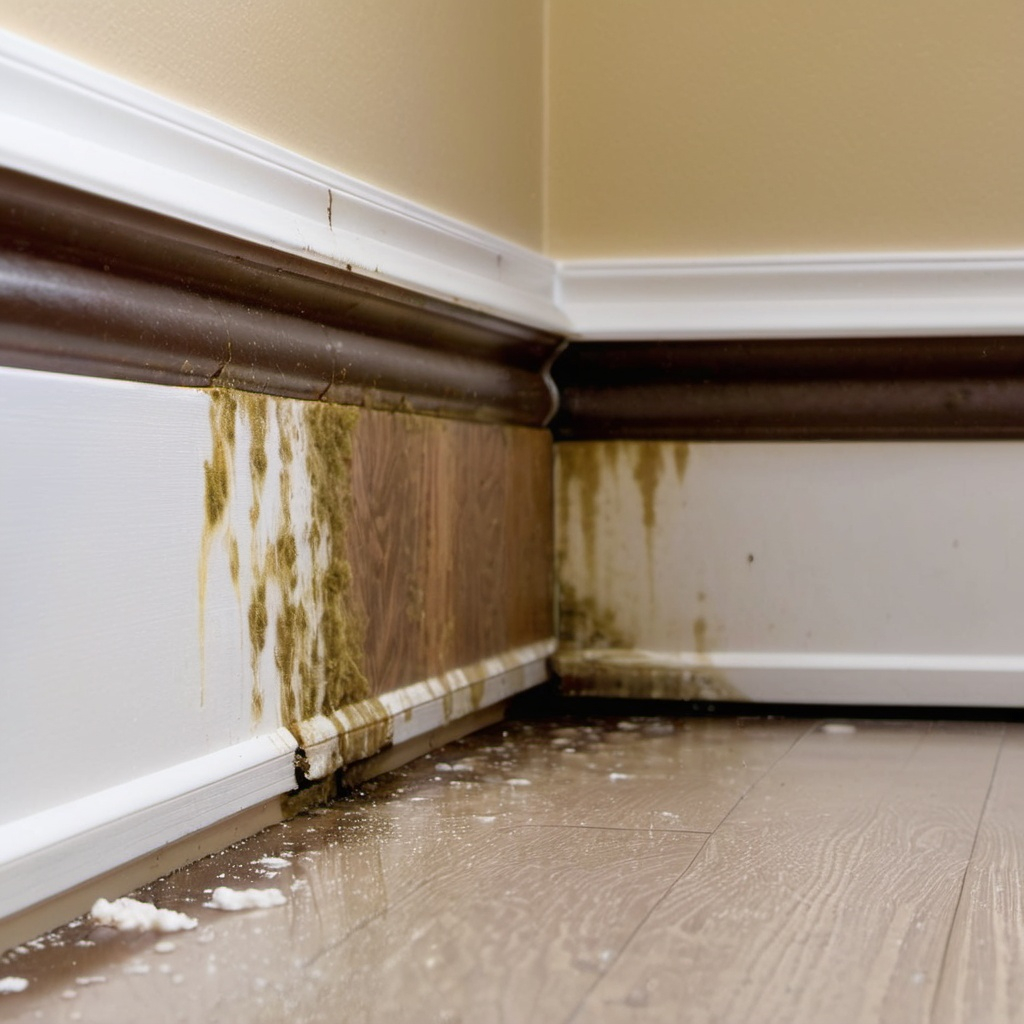
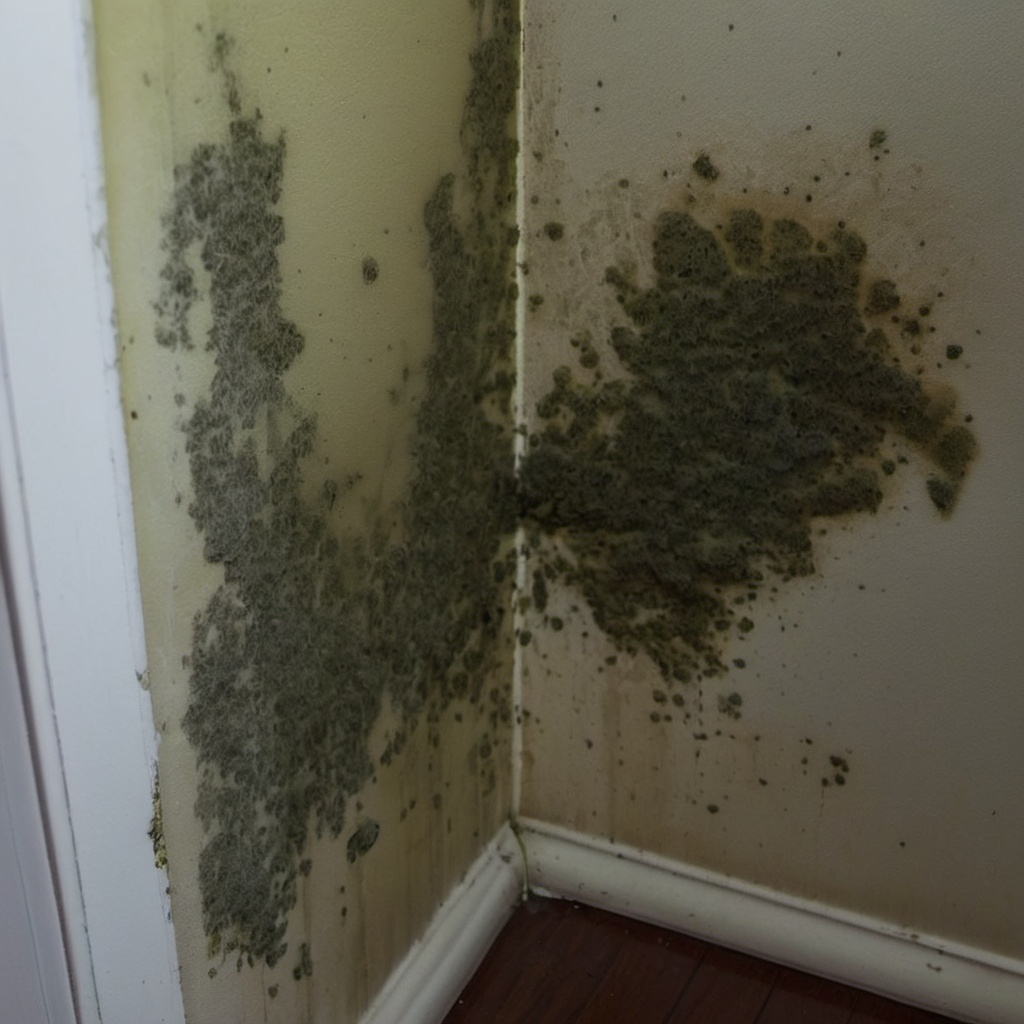
Table of Contents
Mold and Health
Mold issues can be a big problem in any home and can cause many health issues. Recognizing mold issues and their health problems is crucial. Proper cleaning routines and identifying individual sensitivities also play a key role. The most common symptoms associated with mold exposure are coughing, shortness of breath, nasal congestion, sneezing, frequent sinus infections, rashes, burning sensations, and persistent skin irritation.
Other symptoms of molds and health effects
Mold issues can also cause a variety of neurological symptoms. These include headaches, migraines, fatigue, dizziness, cognitive decline, confusion, impaired motor skills, depression, brain fog, poor concentration, and other behavioral changes.
Other symptoms related to mold issues include joint pain, diarrhea, and anxiety.
Where are molds found?
Mold issues are found in any damp, dark places, such as bathrooms or basements. Check for mold growth around windows, moldings, sinks, and walls. Low levels of mold issues are also found in many foods.
A simple urine test called MYCOTOX PROFILE will detect molds in your body.
Following is a list of common molds and where they are found:
- Alternaria – Generally considered an outdoor mold, but can be found in house dust, air conditioner and refrigerator drip pans, and window condensation. One of the most common molds affecting children. Can be a cause of Asthma.
- Aspergillus – found in soil, decaying vegetables, flours, wet surfaces, and drip pans of appliances. This is an opportunistic pathogen, and one of the most prevalent airborne pathogens.
- Mucor racemosus – Normal soil inhabitant. Found around barns and barnyards where it grows on animal waste.
- Phoma herbarum – Grows on paper products, such as books and magazines, certain paints and green plants.
- Fomes rimosus – Found on rotting wood.
- Rhodotorula glutinis – A form of yeast found in soil, water and air. Also found on shower tiles, curtains and even on toothbrushes.
- Pullularia pullulans (Aureabasidium) – It is normally found in soil, but also on decaying vegetation, plants and caulking compound.
- Cryptococus laurentii – Isolated from various sources in nature, and is noted for its association with bird droppings.
- Stemphylium Mix – It grows readily on damp paper, canvas, and cotton as well as decaying plant material. Grows on leaves and stems of vegetables. It can grow in any damp place such as bathrooms and basements.
- Fusarium Mix – It grows as a parasite on green plants as peas, beans, cotton, tomato, corn, sweet potato, rice and also decaying plants.
- Cladisporiumherb – very common mold found in soil and wherever organic material is present. Causes eye, nail, and skin infections.
- Trichophyton,rubrium, Geotrichum, candidum, Epidermophyton, or T.O.E. floccosum- Found worldwide; Incites diseases of skin, hair and nails. Major cause of skin and nail fungal infections and athlete’s foot.
- Rhizopus – Grows on a variety of plants, breads, cured meats and root vegetables indoors. Has a propensity to damage blood vessels.
- Candida albicans – Found normally in the Gastrointestinal and oral flora of man and is the number one cause of opportunistic fungal disease.
Cleaning moldy areas in the home
Mold can be controlled or even eliminated with a diligent cleaning program. When cleaning mold in the home, it is important to keep in mind that the environment that allowed mold to grow in the first place must be altered.
Even after adequately cleaning a moldy area, there is a great chance the mold growth will return if the original conditions of darkness and dampness persist. Using Zephiran Chloride to clean areas is the safest option.
Take a 17% solution, which is the concentrate, and dilute one ounce with one gallon of water. This can be used to clean bathrooms and floors. Dryness, ventilation, and light are key elements in mold remediation.
Do not use formaldehyde or strong chemicals inside your home, and do not do the cleaning yourself if you are sensitive to mold. Clorox bleach can be used for people not as sensitive. Take one cup of bleach to one gallon of water and do not rinse the washed area.
Best way to clean foods from molds and toxins
The best way to wash fruits and vegetables to eliminate molds and toxins is to fill the sink or a large stainless steel bowl with water. Add 2 teaspoons of chlorine bleach, such as Clorox, and assorted produce. Soak for 20 minutes, then drain.
Refill the sink with clear water and soak the vegetables again for another 20 minutes.
Best way to test for mycotoxins
Individual sensitivity to molds can be determined with a bio-resonance test such as the INTOLERANCE TEST.
In order to test for presence of the mold itself in the body, a urine test by MYCOTOX PROFILE is available that can be done at home. It’s a great way to test whether the harmful antigens in the mold are negatively impacting your health. This test may help you decide how to treat your mold exposure and allergies.
Home test plates are available at local hardware and building supply stores that can identify molds in your home.
Cleansing your Body from Mold Toxicity
Activated charcoal can be taken as a supplement for mold cleansing. Most people don’t think about mold living in their bodies, but it can. Activated charcoal is a potent natural treatment that binds to toxins in the body, allowing them to be flushed out, preventing reabsorption.
Teas that might be beneficial for supporting the body in dealing with mold exposure include those with antifungal and detoxifying properties. Consider green tea, ginger tea, and dandelion tea or Pau D’Arco tea.
Building your Body’s Immune System
Glutathione is a major detoxifier in the body. Some of the richest dietary sources of glutathione include spinach, avocados, asparagus, and okra. In addition to glutathione, quercetin and N-acetylcysteine support mold detoxification. If you’re recovering from mold exposure, you may benefit from a concentrated dose of glutathione supplements.
Reactions may occur during Detox
Reactions may occur when fungal organisms are eliminated from the body. Die-off reactions can lead to flu-like symptoms, fatigue, and a temporary worsening of symptoms. While uncomfortable, these reactions often indicate that the treatment is effectively addressing the root cause.
Conclusion:
Please remember that long-term mold exposure can cause severe issues that may last for a long period and cause irreversible damage to the human body. Therefore, it is important to never ignore that bit of mold growing. A simple urine test will reveal mold in your body.
FAQ’s
How does mold affect your health?
Mold exposure can cause a range of health issues, including respiratory problems, allergic reactions, and infections.
Can your body recover from mold exposure?
Yes, the body can recover from mold exposure, but the extent and duration of recovery depends on the individual’s health, the level of exposure, and the type of mold. Removing the source of mold and avoiding further exposure is crucial for recovery.
How do you know if mold is making you sick?
Symptoms of mold exposure can include respiratory issues, coughing, sneezing, skin rashes, eye irritation, and fatigue. If you experience these symptoms, particularly in damp environments or after water damage, consider consulting a medical professional for evaluation.
How to remove mold toxins from body?
Drink plenty of water, take activated charcoal, and consume antioxidant-rich foods like blueberries and leafy greens.
How do I know if mold is making me sick?
Symptoms of mold exposure can include coughing, sneezing, nasal congestion, itchy or watery eyes, skin rashes, and respiratory issues. If you experience these symptoms, especially in damp or moldy environments, it could indicate mold is affecting your health. Consult a healthcare professional for a proper evaluation.
How long does it take for mold to get out of your system?
It typically takes 4-6 weeks for mold toxins to be cleared from the body once exposure has ended and a good detox program is utilized.
How can I test myself for mold toxicity?
The most reliable way to test for mold toxicity is to perform a urine test to check for the presence of mycotoxins. This test can help identify if you have been exposed to harmful mold. (see below)
Can mold on walls make you sick?
Yes, mold on walls can make you sick. It may cause allergic reactions, respiratory issues, and other health problems.
Products
At Home Tests
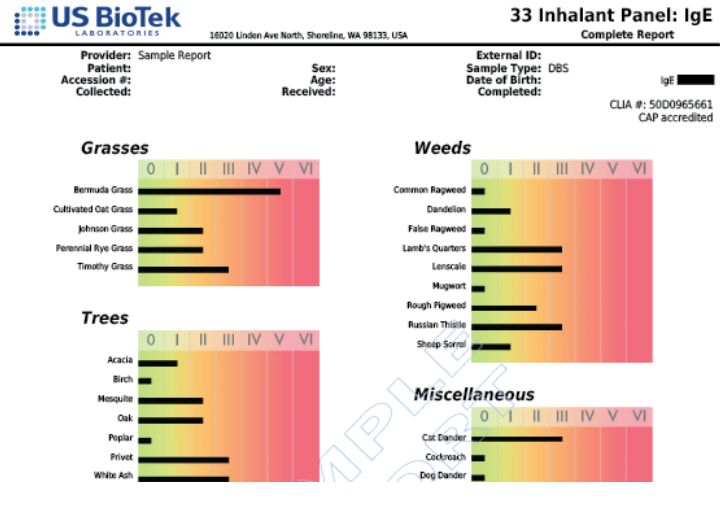
US BioTek 33 Inhalent Allergy Panel Bloodspot

US BioTek Organic Acids Profile Environmental Pollutants Profile
US BioTek Organic Acids Profile Environmental Pollutants Profile
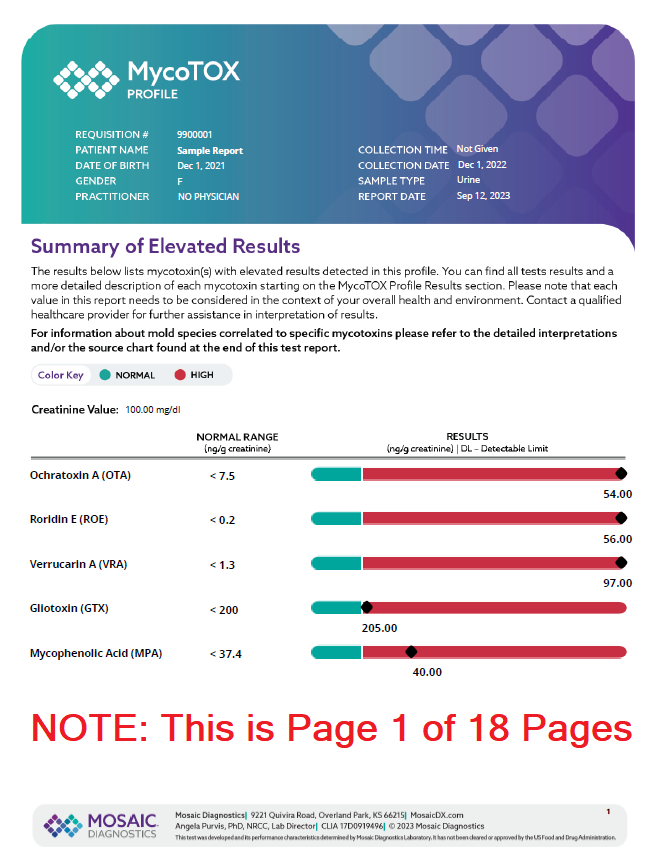
Mosaic MycoTOX Profile

UCARI Intolerance Test Kit

UCARI Intolerance Pet Test Kit
UCARI Intolerance Pet Test Kit
-
←→
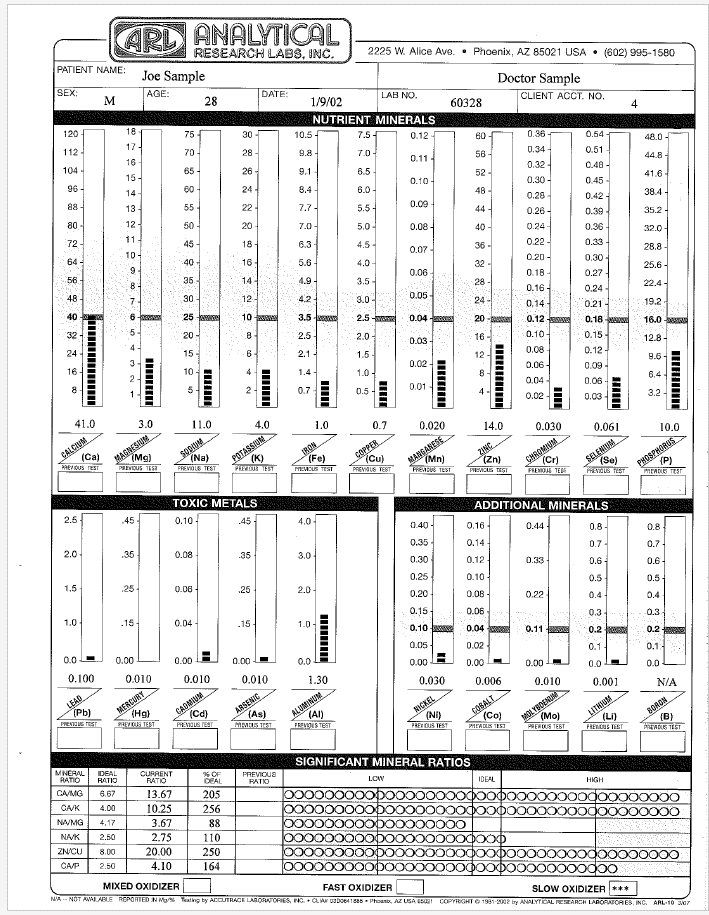
Analytical Research Labs Hair Test
$179.00$149.00Providing a mineral blueprint of one’s biochemistry, an Analytical Research Labs Hair Minerals Test reports levels of minerals and heavy metals in your body giving possible reasons for your symptoms, with suggestions for nutritional supplements and diet changes. Hair tissue mineral analysis can provide pertinent information about balanced nutrition, one’s metabolic rate, energy levels, sugar and carbohydrate tolerance, stage of stress, immune system and glandular activity.- Buy 2 at $145.00
Analytical Research Labs Hair Test
$179.00 $149.00Successfully Added to your Shopping CartAdding to Cart... -
←→
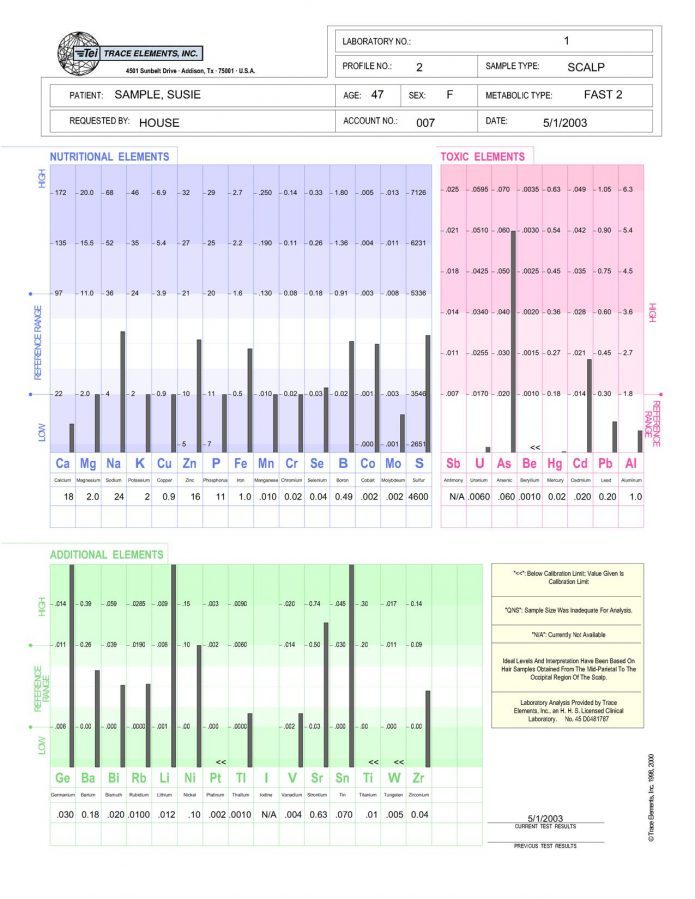
Trace Elements Nutritional Deficiencies Hair Test
Nutritional Tests, At Home Health Tests, Toxic Metals Tests, Hair Tests, Autism Tests, Immune System Tests$188.00 $148.00Successfully Added to your Shopping CartAdding to Cart...
Supplements
-
←→

Pau d'Arco
Supplements, Immune System Solutions, Detox Solutions, Virus Solutions, Antioxidant Supplements, Candida Solutions, Autism Solutions$33.50Successfully Added to your Shopping CartAdding to Cart... -
←→
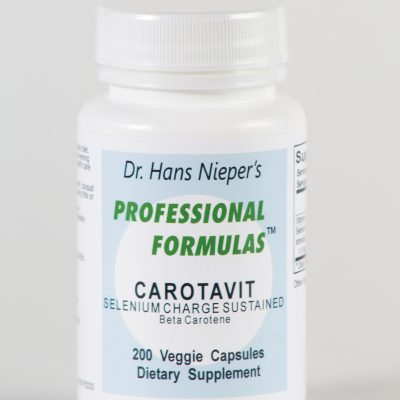
Carotavit with Selenium Charge Sustained
$23.40Successfully Added to your Shopping CartAdding to Cart... -
←→

L-Glutathione
$39.00L-Glutathione (GSH) 100 TabletsMaximum quantity exceededMinimum purchase amount of 0 is requiredL-Glutathione
Supplements, Autism Solutions, Detox Solutions, Heart Solutions, Immune System Solutions, Nerve Damage Solutions, Antioxidant Supplements, Gastrointestinal Solutions$39.00Successfully Added to your Shopping CartAdding to Cart...
References
- https://www.epa.gov/mold
- https://www.epa.gov/mold/brief-guide-mold-moisture-and-your-home
- https://www.epa.gov/mold/mold-remediation-schools-and-commercial-buildings-guide
- https://www1.nyc.gov/assets/doh/downloads/pdf/epi/epi-mold-guidelines.pdf
- https://www.epa.gov/indoor-air-quality-iaq/should-you-have-air-ducts-your-home-cleaned
- https://www.cdc.gov/mold/
- https://www.cdc.gov/mold-health/about/

My experience on your website was truly delightful. Your ability to combine aesthetics with informative content is commendable and showcases your creative flair. I wish you all the best as you continue to create such captivating work that inspires so many.
Sayonara,